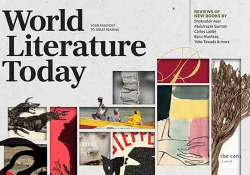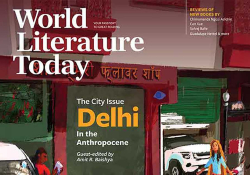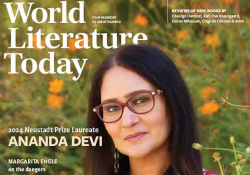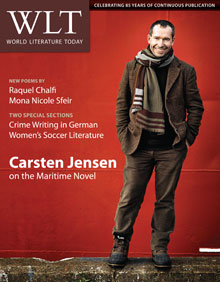EDITOR'S NOTE, May 2011
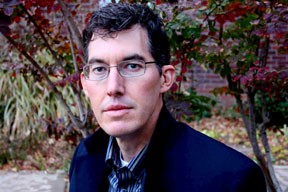
In their 2010 study Gaming the World: How Sports Are Reshaping Global Politics and Culture, Andrei Markovits and Lars Rensmann include a chapter on the "silent 'feminization' of global sports cultures" represented by women's soccer in Europe and the United States, itself a manifestation, they argue, of the second wave of feminism that flourished in the 1960s and '70s. "This wave . . . featured a society-wide debate about women's rights in all aspects of public and private life," they write, "that extended way beyond playing fields and athletic competitions." In the case of Europe and America, the astonishing rise of women's soccer since the 1970s came about after a post–World War II atmosphere of stifling chauvinism and marginalization. (Emblematic of that reversal was a 1971 women's championship final between Denmark and Mexico attended by an estimated 100,000 fans and the 1999 US–China women's World Cup final attended by 90,000-plus at the Rose Bowl in Pasadena, California.) "By becoming soccer players," the authors note, "women on both sides of the Atlantic entered a structure, a language, and a world that had been created and dominated by men. . . . The last few decades have lent women a voice of their own in the global language of Association football."
A voice and language of their own. If, as Markovits and Rensmann persuasively argue, female athletes have in many ways achieved legitimate status alongside male players in the realm of soccer, can the same be said of the representation of women's perspectives in writing about sports? It is doubtless difficult to judge on the basis of a small sampling, but if the contributors—Mona Nicole Sfeir, Ana María Moix, Sandra Kingery, Yrsa Roca Fannberg, Jennifer Doyle, Elísabet Jökulsdóttir, and Clarice Lispector—to this issue's "World Cup / World Lit 2011" special section are any indication, these women's voices are ingenious, diverse, and demanding to be heard, yet in no way do they conform to a reductive "feminine" archetype.
Even so, a common theme emerges in how these writers use the symbolic space of the soccer field to negotiate a measure of freedom, even when surrounded by the rule of patriarchy. In the authoritative Laws of the Game, promulgated by the International Football Association Board, "references to the male gender . . . in respect of referees, assistant referees, players and officials, are for simplification and apply to both men and women." Seventeen sections of regulations, from "The Field of Play" to "The Corner Kick," plus a section on "Procedures to Determine the Winner of a Match," are followed by an eighty-five-page addendum interpreting the laws. The language of the laws is forbidding, with "infringements" and "sanctions" adjudicated by the referees, whose authority is defined in terms of "power" and "duties," even down to their "body language" and "gestures." Detailed explanations of "cautionable offenses" and "disciplinary sanctions" provide matter-of-fact remedies for infractions, imposing order on potentially explosive situations.
Within the confines of such inflexible rules, athletes—like writers—manage to create spaces of infinite variation and artistry, from the mastery of footwork to the orchestrated movement of set plays and tactics, all building up to what Jennifer Doyle calls the "ecstatic post-goal moment." As Elísabet Jökulsdóttir notes in her interview with John Turnbull, "Inside this aesthetic, you can move so much, you can do so much inside those rules." And in her poem "Laws of the Game," Mona Nicole Sfeir playfully subverts the rulebook, invoking soccer's "art of seduction" and "fleeting moments" of ecstasy: "that single moment of rapture / hunted for / prayed for / conceived" (page 38). Like the athletes who embody creative freedom in their performances—Sfeir calls them "creators . . . visionaries, inventors and magicians"—these writers capture in words the elusive ecstasy of the moment.
Editorial note: For two fascinating surveys of trends worldwide, see Hong Fan and J. A. Mangan, eds., Soccer, Women, Sexual Liberation (2004) and Jean Williams, A Beautiful Game (2007), plus John Turnbull's recommended reading list on page 43 in the print edition of this issue.
